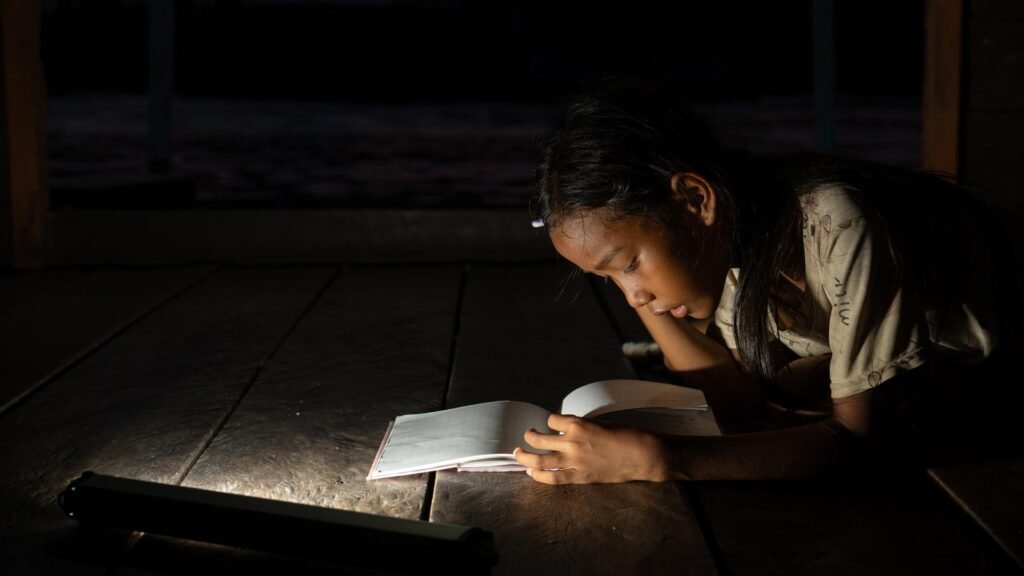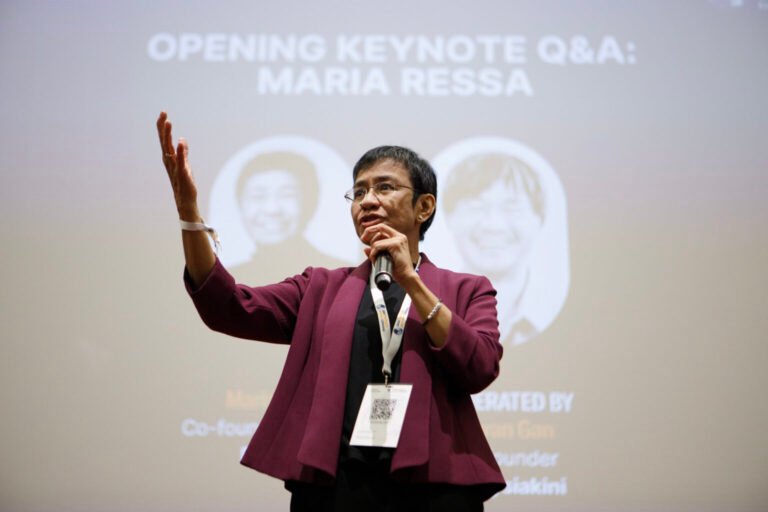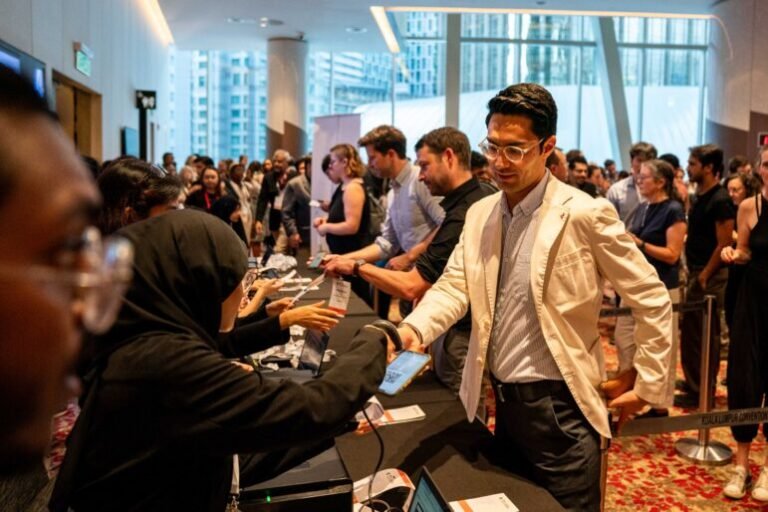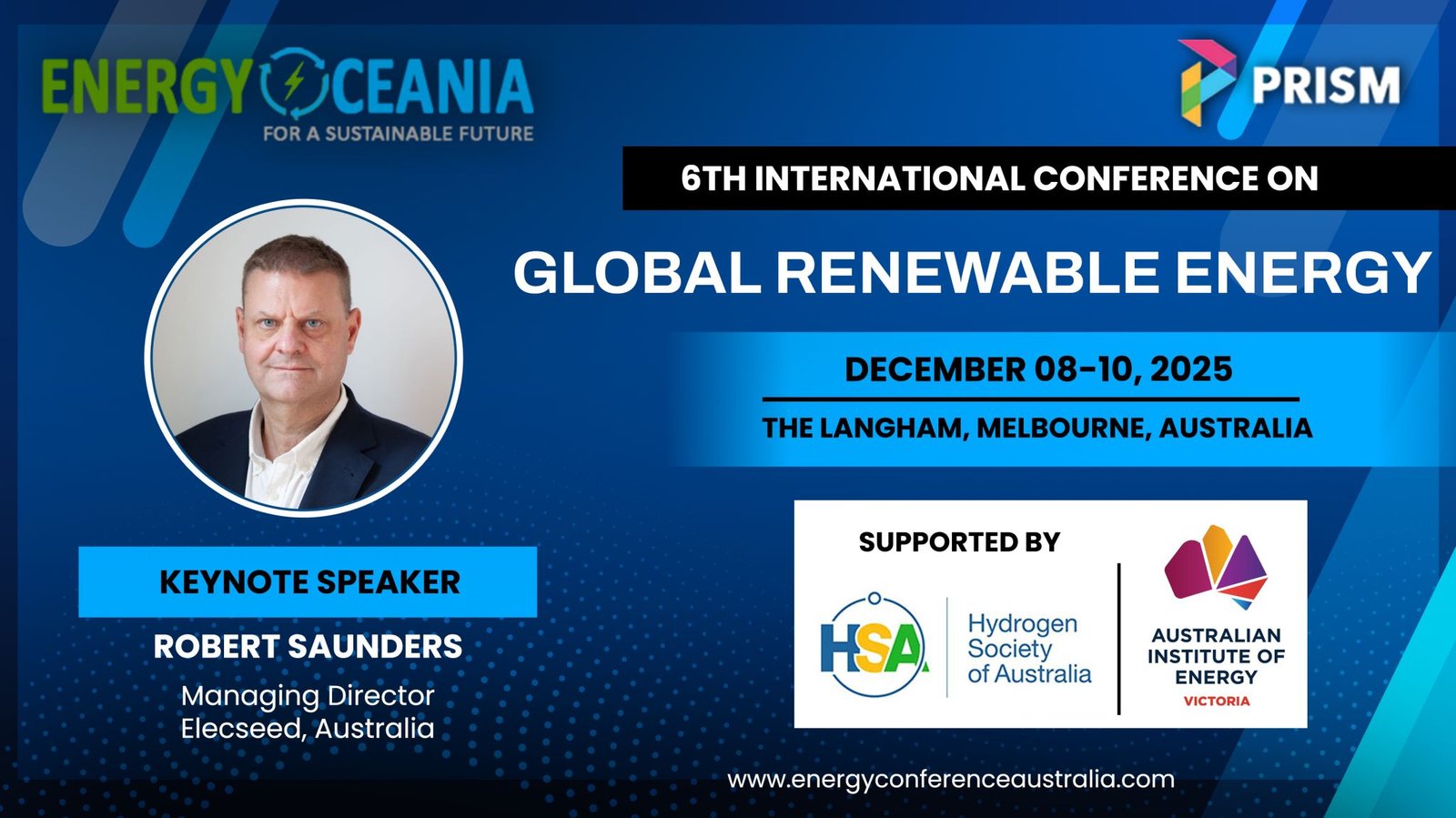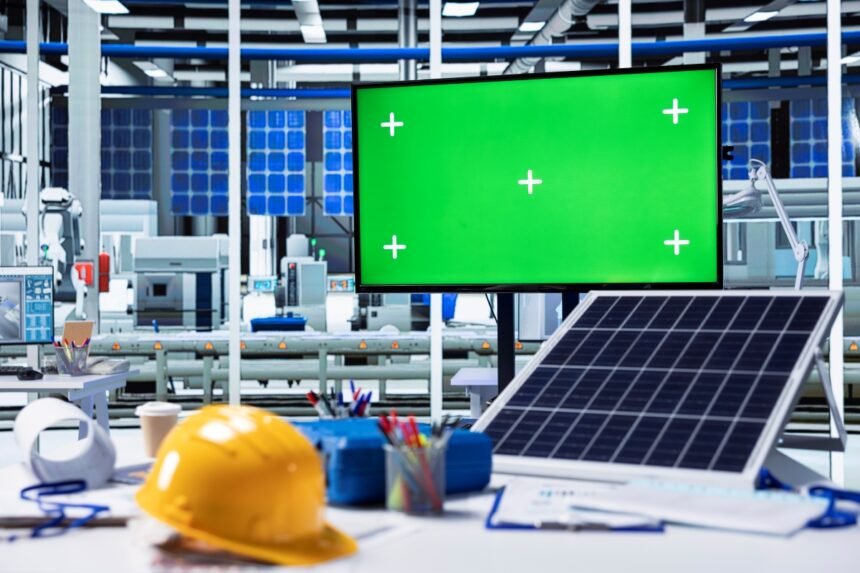AT an event where conversations often revolve around gigawatts, grid upgrades and investment cycles, it was a simple, palm-sized solar lantern that stopped me in my tracks.
No jargon, nor glossy marketing. Just a small, sturdy light made for the hands of a child that stood out from the pack at the All-Energy Australia conference in Melbourne.
The organisation behind it is SolarBuddy, a Brisbane-based global humanitarian charity focused on ending energy poverty, the reality faced by more than 660 million people worldwide who live without access to electricity, and billions more who rely on burning kerosene, firewood or charcoal to cook, study and move through the night.
For these families, light is not a given. A dark evening is still, quite literally, dark, and obviously can be unsafe.
SolarBuddy’s work is both deeply practical and steeped in human connection. The organisation designs and distributes modular, portable solar lighting and charging solutions to children and families living in refugee camps, informal settlements, remote villages and disaster-affected regions. But what struck me most was how their model connects communities: the people who build the lights are part of the story, too.
At All-Energy, SolarBuddy ran an activity table where conference attendees assembled 200 solar lights that will soon (if not already) be in the hands of families in places such as Papua New Guinea. The energy around the table was joyful, purposeful, and anchored in a quiet understanding that these small devices change daily life for someone far away.
A Light to Study, Cook, Move and Stay Connected
Daniel Belzer, Executive Director of SolarBuddy, explained what it’s all about.
“We’re looking at poverty from a different angle,” Belzer told me. “A lack of access to any form of power means if you want to cook something, you burn something in your home, your hut or your shelter. That produces toxic fumes, it’s bad for your health, and it’s bad for the environment. We want to take all that away.”
He held up one of their smallest solar lights, the JuniorBuddy, the size of what would be a thick mini iPad.
“This is a child-friendly light. So, a child at night, who would normally be in darkness after the sun goes down, now has light to do chores around the home and can do homework at night. And of course, there’s the safety piece. A bump in the dark can be dangerous. The ability to turn on this light so you can see and feel safe is really important to us.”

SolarBuddy’s larger devices — such as the StudentBuddy — go further, enabling families to charge phones, radios, fans or small appliances.
“We work with refugee communities, displaced people, or people who are on the move,” Belzer said. “Everything is modular and everything is designed to be easily picked up. If there’s a crisis, a disaster or another reason why people are forced to move, this is the thing they can take with them. It gives them that safety, that light and that connectivity.”
In many informal settlements, small USB radios have become vital tools for news, education and community cohesion.
“Especially through COVID the rise of little portable radios was massive in slum communities,” Belzer said. “There was the problem of charging them, and we provide that solution.”
And then there are mobile phones, now essential even in the world’s most remote regions.
“Money has moved to mobile money, text money, and lots of different versions of it,” he said. “To eliminate the need to walk a kilometre or two to spend a buck to charge a device, now people can plug in at home, keep their economy moving, keep their income going.”
The Spark That Started It All
The origins of SolarBuddy trace back to its founder, Simon Doble, a humanitarian, entrepreneur and inventor who spent years working with UNHCR in refugee camps across Africa. What he noticed was as simple as it was profound: the number one immediate need people reported was light.
He studied the tents used in these camps and realised they all featured a hollow pole structure. He saw a way to thread wiring inside the poles from a small solar panel on top, with LED strips illuminating the interior.

It was a clean design solution born directly from observing lived reality — not from assuming what people needed.
Belzer smiled when he spoke of Doble.
“Simon’s an amazing entrepreneurial man, an inventor and social impact entrepreneur. He tinkers on the toys, he loves that side of things, and he lets us run the charity side of things. What comes out of SolarBuddy’s warehouse are his designs. We manufacture everything so we’re point to point. We control everything. And we ensure the people who are working in our factories in China are in good conditions as well.”
Doble’s philosophy is anchored in a belief that meaningful change is powered by conviction and perseverance. SolarBuddy reflects that spirit not only in its products but in how it works alongside communities, educators, corporate groups and governments.
The Human Outcomes
SolarBuddy began just a decade ago, yet it has already delivered more than 300,000 solar devices, impacting around 1.9 million people across the Pacific, Southeast Asia, Sub-Saharan Africa, Latin America and remote Australia.
The outcomes are profound.
Belzer shared one story that is both intimate and powerful.
“Something we often hear, especially in Africa, is the number of women who give birth at night. It’s very dark in the night there. To think these lights have helped women give birth safely — that’s really something.”
Another widespread impact is the increase in study hours.
“Sometimes kids won’t go to school during the day because they’ve got family chores to do,” he said. “Having light when the sun goes down allows them to do those chores at night if need be, and they’re off to school the next day. And if they do have homework, they’re able to do it at night.”
A World of Increasing Displacement
SolarBuddy’s work is unfolding against a global backdrop where extreme weather, conflict and climate-driven displacement are rising. The UN projects the number of people displaced by climate-related disasters could reach 1.2 billion by 2050. Informal settlements and refugee camps are expanding. More families are living “in transit” — sometimes for years.
In these contexts, light is not just convenience. It is safety, dignity and possibility.
SolarBuddy designs with this future in mind: portable, durable, repairable, lightweight, familiar to use and able to travel. Even the packaging is purposeful. The buckets used to transport lights are fitted with taps so they can later become containers for fresh water or hand-washing.
Nothing is waste and everything is considered.
Lighting the Way Forward
At All-Energy, the 200 lights assembled by conference attendees will soon be in Papua New Guinea. It was a small act of shared humanity in a room full of large-scale infrastructure ambitions.
Both matter. But the emotional resonance of building something with your hands, knowing whose hands will receive it, is a reminder that the energy transition is not only about technology, policy or markets… it’s about the people.
SolarBuddy occupies a unique and necessary place in the global clean-energy ecosystem. While governments build grids and multinationals finance renewable capacity, SolarBuddy restores something more personal: the right to learn, to walk safely at night, to stay connected, to bring new life into the world with dignity.
Light. Where darkness once fell.
To Learn More
Visit: solarbuddy.org
Partner, volunteer, or host a build session: solarbuddylive.com
And if your company is attending an industry event any time soon, look out for that small yellow solar light. You may discover that sometimes the most transformative solutions fit in your hand.

